Echoes of Ancient Lands
Fontainhas Portuguese Quarter
Goa
Mother Masala Tours
Potuguese Flair Meets Goan Spirit
Fontainhas Portuguese Quarter Goa, India, serves as a wonderful embodiment of the region's rich heritage and cultural blend. Established during the 16th century by Portuguese settlers, the name Fontanhas translates to "fountains," a nod to the natural water sources that historically supported life in this beautiful area. As we walk the winding streets, we notice the distinctive features of the homes, characterized by bright colors, ornate balconies, and bold doors. The population of Fontanhas today is a mix of descendants from the original settlers and more recent inhabitants, contributing to a community of around 6,000 residents who honor the past while engaging with contemporary culture. The neighborhood became a focal point for artisans and craftsmen, producing exquisite works such as pottery, weaving, and jewelry.
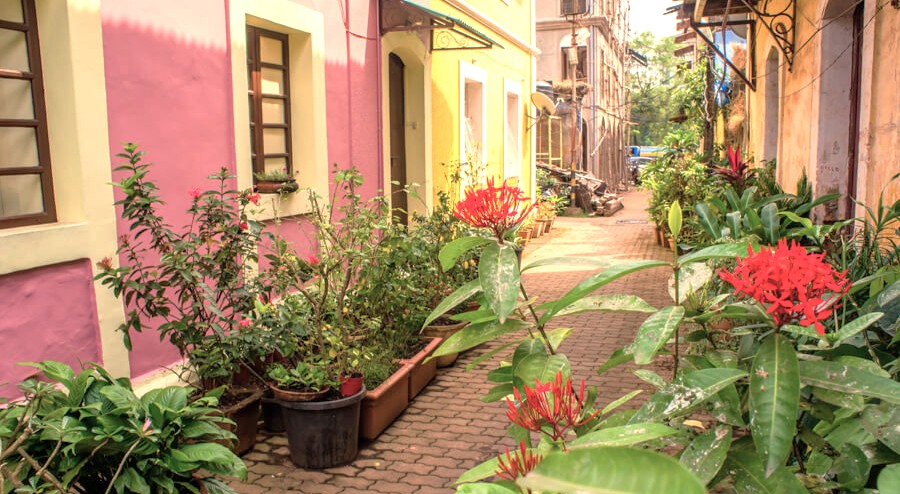
Fontainhas Portuguese Quarter Goa: Timeless Artifacts
One prominent landmark is the Church of Our Lady of Hope, built in 1595, which serves as a center for the local Catholic community. The church features intricate altarpieces and carvings that resonate with the region’s spiritual and artistic heritage. The interior showcases carefully preserved religious artifacts illustrating the devotion and artistry of local craftsmen. In addition to the church, there are numerous chapels scattered throughout Fontanhas, each with its historical significance. The Chapel of St. Euphemia, constructed in the 18th century, is a fine example of local religious design.
Ancient Mosaics: Impeccable Craftsmanship
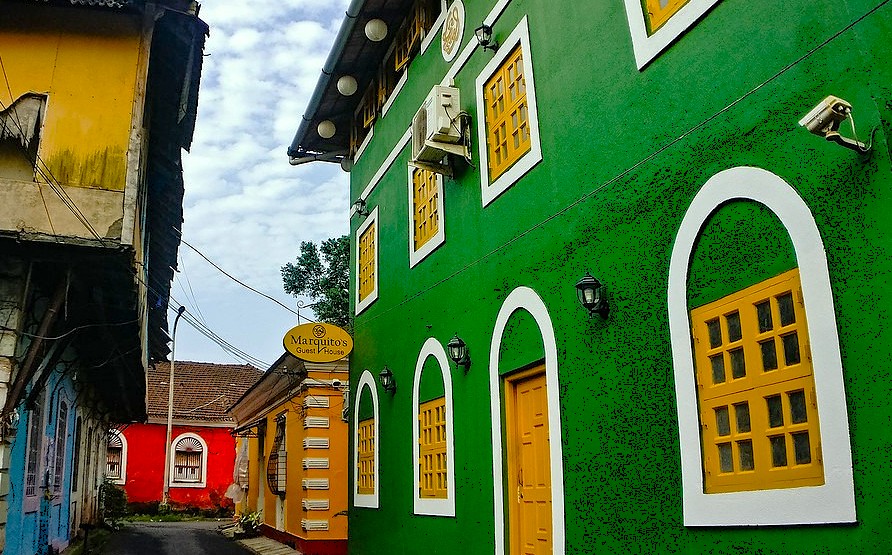
We see the festivals that illuminate the community and find the stories held within its historical sites. There's opportunities to meet local artisans and savor local dishes, experiencing the cultural blend that defines this area. This trip is about seeing a new place and observing its way of life. Every location offers a look into the region's character and daily activities. The journey continues through bustling markets and quiet coastal roads, each revealing different aspects of the local setting. We can witness fishing boats return with their daily catch along the shore.
The Pulse of the Local Community
Fontainhas Portuguese Quarter Goa. The community in Fontanhas Goa is characterized by its warmth and hospitality, which is reflected in the unique qualities of its residents. The blend of cultures - Portuguese heritage and local traditions - creates an engaging atmosphere that welcomes those who come to explore. Local gatherings and festivals play a crucial role in fostering strong bonds among residents. The locals social life often revolves around communal events, such as the annual Feast of Our Lady of Hope, celebrated in early May. During this festival, the streets are filled with music, dance, and shared meals, allowing families to reconnect with traditions and celebrate their shared identity.
Capturing the Magic: A Photographic Haven
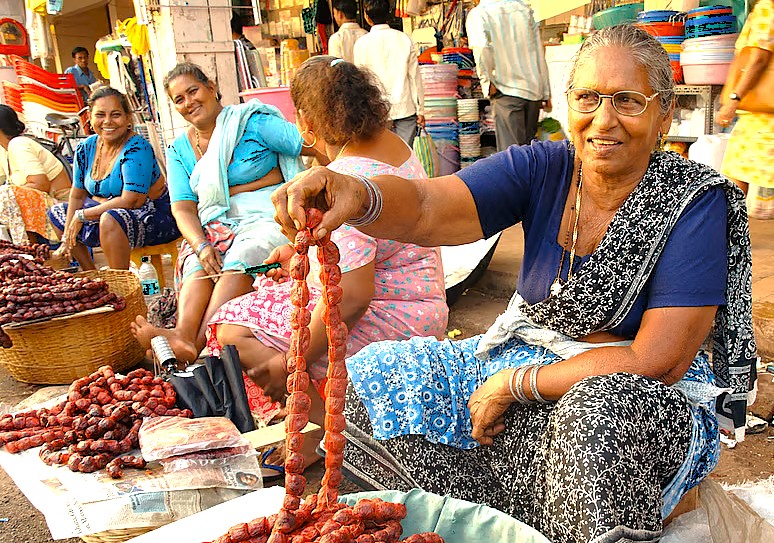
The colorful homes and ornate churches reveal distinctive settings that show the area’s character. Lively scenes appear as we pass locals and see movement around small shops and balconies. Each narrow street, lined with potted plants, holds a mix of textures from old paint and patterned tiles. We discover new angles as we stroll past historic doorways and window frames. Everyday moments unfold quietly along the cobblestone walkways. The sunlight and shadows change throughout the day, adding another element.
A Culinary Journey: Savor the Flavour
One special dish is Xacuti, a traditional Goan curry made with chicken or lamb. This dish features a mixture of roasted spices, including coriander, cumin, and poppy seeds, blended with fresh coconut to create a rich flavor. These dishes are often accompanied by rice and local bread, allowing everyone to immerse themselves in the food culture. Poee is a traditional Goan bread that is leavened and has a soft texture with a pocket similar to pita. It's made from a blend of half-maida (refined flour) and half-whole wheat flour.
The Connection with the Gods

Various sacred connections, particularly through its religious institutions and the deities worshipped by the community. The Church of Our Lady of Hope is central to the local Catholic faith, dedicated to the Virgin Mary, who represents hope and compassion for her followers. The church serves as a gathering point for prayers and celebrations, uniting the community around their protector. In addition to Christian beliefs, locals pay homage to Hindu deities, reflecting the region's cultural diversity. Festivals celebrate gods like Ganesha, who symbolizes wisdom and luck.
Ancient Technologies: Sacred Sound, Geometry & Astrological Influences
Fontainhas Portuguese Quarter Goa. Fontanhas features sites that illustrate principles of sound and geometry that enhance spiritual practices. The Church of Our Lady of Hope uses specific construction techniques to improve acoustics during mass, creating an immersive auditory experience. The design is thoughtfully considered, reflecting a balance born from an understanding of sound dynamics. The materials used in construction, particularly laterite stone and wooden beams, enhance the physical structure's resonance. These materials have historical significance, symbolizing the union of nature and spirituality within the community.
Serendipitous Meetings: Beyond the Main Path

Walking Fontainhas gives many chances to see local life in action. We pass skilled artisans shaping clay, hammering metal, or weaving textiles in simple roadside workshops. Each narrow lane offers new scenes and small discoveries in the bright light of afternoon. Sounds of tools and conversation fill the air, blending with steps on uneven stone walkways. The energy here comes from people focused on their craft, selling their work, or setting up shop window displays. Colorful walls make every sight stand out. Wooden doors, pots, and tiled roofs create strong patterns.
Resilience and Renewal: Overcoming Adversity’s Challenges
Fontanhas has faced numerous challenges throughout its history, exhibiting resilience and adaptability. Portuguese colonization in the 16th century had a profound impact on local culture, but it also fostered a blending of traditions that helped strengthen community ties. During World War II, regionally many locals were drafted into military service, impacting families and the local economy. However, the community rallied together, providing mutual support through shared resources. The liberation of Goa in 1961 marked a pivotal moment, allowing residents to reclaim their identity and heritage, further solidifying their communal bonds.
Festivals of Devotion: Honouring the Sacred and the Divine
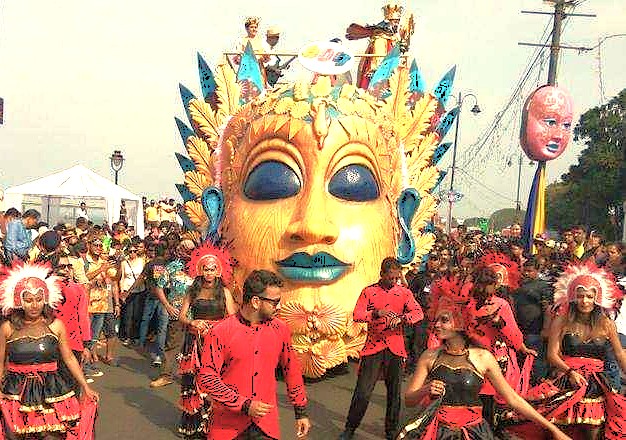
Fontanhas celebrates festivals that highlight its rich spiritual and cultural framework. The Feast of Our Lady of Hope, held in early May, attracts residents and surrounding communities. This event features a vibrant procession, with locals carrying the statue of the Virgin Mary through the streets, adorned with flowers and accompanied by music. Another significant event is Carnival, celebrated in February, showcasing colorful parades and street parties that honor the lively Goan culture. This occasion unites families and friends, fostering community spirit through music, dance, and fun.
Urban Legends: Strange Sightings, Myths and Mysteries
Fontanhas is home to intriguing legends and tales that add a layer of mystery to its history. One popular story revolves around the Church of Our Lady of Hope, where it is said that the statue of the Virgin Mary occasionally appears at twilight, guiding lost souls back to their loved ones. This tale is often shared among locals, illustrating the deep sense of faith that pervades the community. Another story tells of a hidden treasure supposedly buried beneath the old stone streets, left by early Portuguese settlers. Many believe that the treasure is protected by spirits who only reveal its location to those with pure intentions.
Let’s Escape the Ordinary - Come With Us
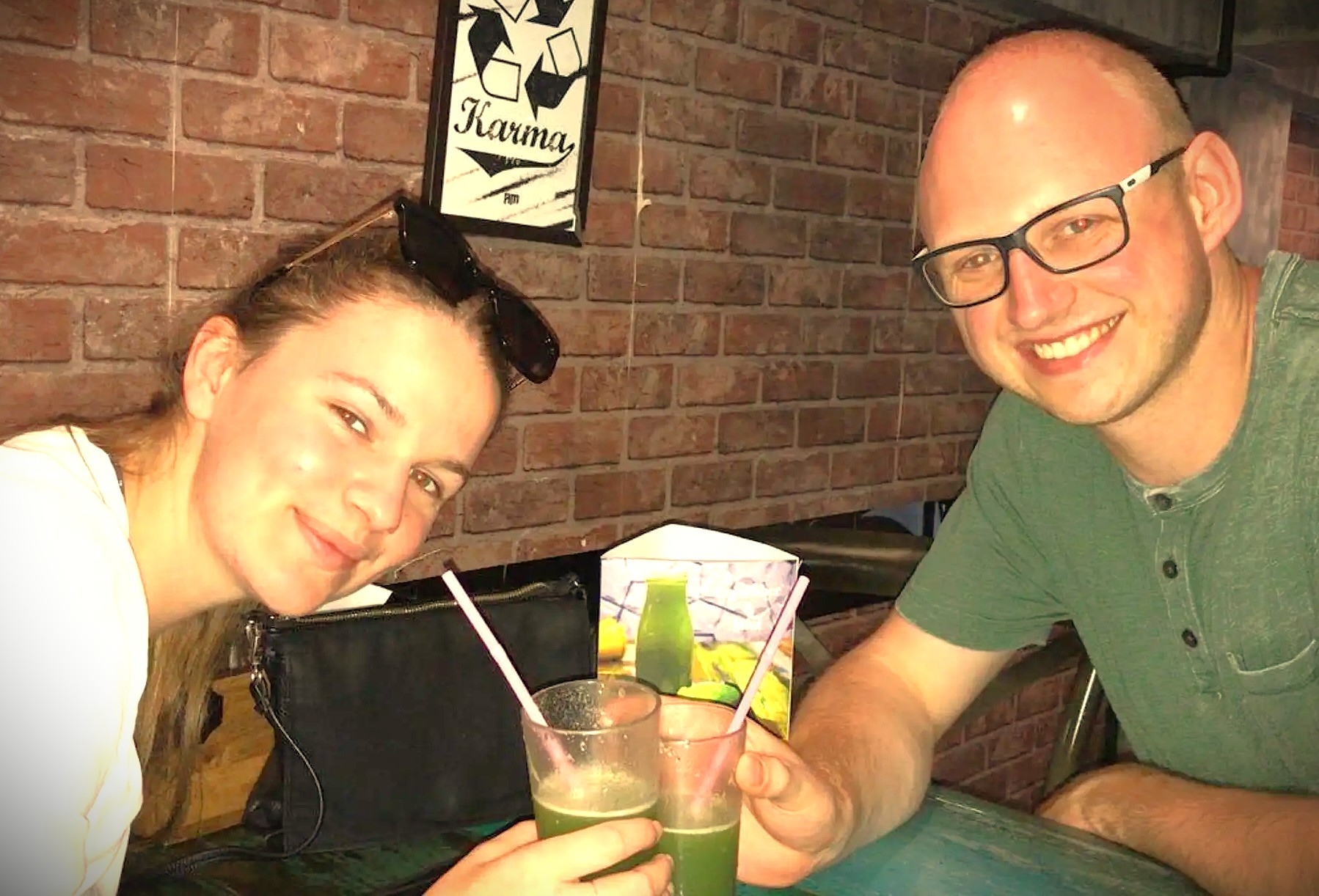
Exploring Fontainhas in Goa means stepping into narrow lanes lined with pastel houses and old signs. We walk through shaded streets, pass local shops, and spot fresh snacks displayed on simple carts. The aroma of spices fills the air as we move between lively corners and quieter paths. Festival colors and decorations sometimes appear above us, adding extra vibrance. Local traditions are easy to notice with every conversation or market. We see unique patterns in tiles, laundry on balconies, and people sitting in doorways. There are surprises around every corner.
Symphony of Generosity: Offerings from Wanderers to Residents
Fontainhas Portuguese Quarter Goa, India. The relationship between those who explore Fontanhas and the local community fosters meaningful interactions that benefit everyone involved. Through this exchange, we gain insight into local customs and stories, allowing for a deeper understanding of their way of life. Friendly exchanges create a sense of belonging, ensuring that the spirit of hospitality and generosity thrives in Fontanhas, creating lasting memories for both residents and those who journey through this storied place.